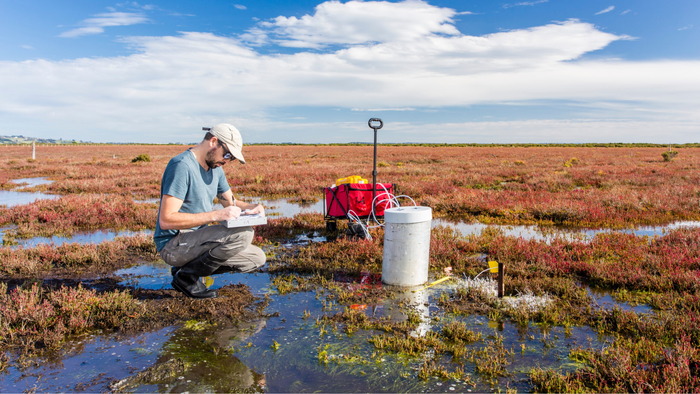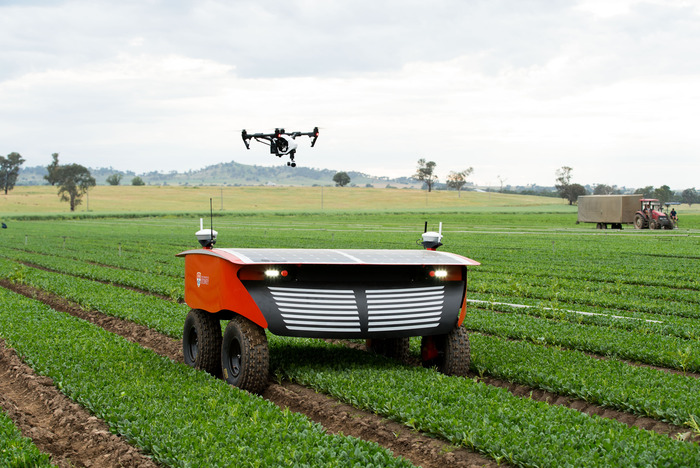Field operations used to be all about muscle, memory, and manual work. Crews rolled out at dawn with paper maps, two-way radios, and gear in the back of a truck. Getting the job done took experience, grit, and a whole lot of patience.
That hasn’t disappeared entirely—but something big is shifting. The trucks still roll out, but now they’re loaded with sensors. The maps live on tablets. The radios are tied into real-time dashboards. And the work? It’s getting smarter, faster, and more connected by the day.
Technology has found its way into nearly every piece of fieldwork, from fixing utility lines to managing remote construction. And it’s not just about getting fancier gadgets. It’s about changing how people in the field think, move, and solve problems.
This shift hasn’t been loud, but it’s been steady. It’s not science fiction anymore. It’s here, and it’s reshaping what “boots on the ground” really looks like.
Smart Sensors Are Doing More Than Just Watching
Not long ago, if something broke in the field—a pipe, a transformer, a road barrier—you had to wait until someone saw it. Then that person called it in. Then a team came out to check. Then someone else may show up to fix it. That entire chain could eat up hours or days.
Now, smart sensors can detect problems before they even happen. They can pick up on a shift in pressure, an odd vibration, or an unusual reading and send out an alert instantly.
That kind of speed changes everything. It means fewer delays, fewer surprises, and a better way to keep things running. Sensors can live underground, underwater, or up on poles—places people can’t always check easily. They work around the clock, quietly collecting data and helping teams respond faster.
But there’s a catch. All that data has to go somewhere, and it has to be sorted, understood, and acted on. That’s where the next layer of technology comes in—artificial intelligence. AI isn’t just reading numbers. It’s starting to learn patterns.
When a pressure gauge always dips a little before a leak, AI learns that pattern and gives crews a heads-up. When a small shift in terrain often leads to a landslide a week later, it is noticed. And that’s leading to fewer emergencies and more maintenance before disaster strikes.
Drones, Robots, and the New Field Team
There’s also a new kind of field crew showing up—and they don’t wear boots. Drones are flying out to inspect power lines and rooftops. Little wheeled robots are crawling through pipes underground. These machines don’t get tired. They don’t mind bad weather. And they’re surprisingly good at covering ground.
That doesn’t mean people are out of the picture. In fact, workers are now teaming up with machines in new ways. A drone operator can fly over a site in minutes and spot problems that would’ve taken hours to find. A robot can send back video from a tunnel no person could fit into. And the human crew can use that information to plan the next step more effectively.
It’s about working smarter, not harder. And yes, there’s still a need for someone to tighten bolts, run wires, or pour concrete. But the way we get to that point is being rethought from the ground up. Using robotics in these ways helps teams stay safer, cut down on wasted trips, and focus their energy where it matters most.
Why Software Has Become the Most Valuable Tool in the Truck?
The old way of doing things usually involved clipboards, checklists, and long chains of phone calls. But now? Most of the decision-making power lives inside a screen. And not just any screen—one that talks to everything else in the operation. Real-time updates. GPS coordination. Maintenance logs. Job status. All of it.
Field ops software has taken over the planning, tracking, and managing part of the job, and not in a cold, impersonal way.
It actually helps crews stay connected in a more human way. You’re not guessing where your coworker is or wondering if the part you need made it to the site. You can see it. You know. And that peace of mind cuts out a lot of the friction that used to slow fieldwork down.
It also helps with training. A newer team member can pull up past reports, watch guided steps, and learn on the go. That kind of access flattens the learning curve and builds confidence fast. It’s not just about being more efficient. It’s about being more effective, with fewer mistakes and better results.
The Human Side of High-Tech Fieldwork
Even with all this new tech, one thing hasn’t changed—the work is still done by real people. And those people are adapting, learning, and sometimes struggling with the speed of change. Field workers aren’t robots. They have to adjust to a whole new set of tools while still keeping the old ones sharp.
Some love the change. Others feel like they’re being pushed too fast. And that’s something companies need to understand. Training isn’t just about skills—it’s about trust. When a crew trusts the software, the drone, or the sensor, they use it well. When they don’t, they ignore it. So the human side of this transformation matters just as much as the tech.
Managers who get that balance right—between old knowledge and new systems—are seeing better results. Jobs get done faster. Safety improves. And there’s less burnout from constant backtracking or poor communication. But it takes listening, and it takes time.
What’s Next Might Not Look Like Fieldwork At All?
If the last decade was about adding tech to the truck, the next one might be about removing the truck entirely. Remote diagnostics are improving. Augmented reality tools are being tested that let people guide repairs from miles away. Even hands-on jobs could someday become hybrid ones—part tech support, part technician, part strategist.
The field is shifting fast, but it’s not disappearing. What’s really changing is the definition of the job itself. It’s no longer just about getting from Point A to Point B with a wrench in your hand. It’s about understanding a live, moving system—and using every tool you’ve got, digital or not, to keep it running right.
In the end, field operations aren’t becoming less human. They’re becoming more focused. More precise. And, ironically, more connected—thanks to the very tools people once feared would replace them.


